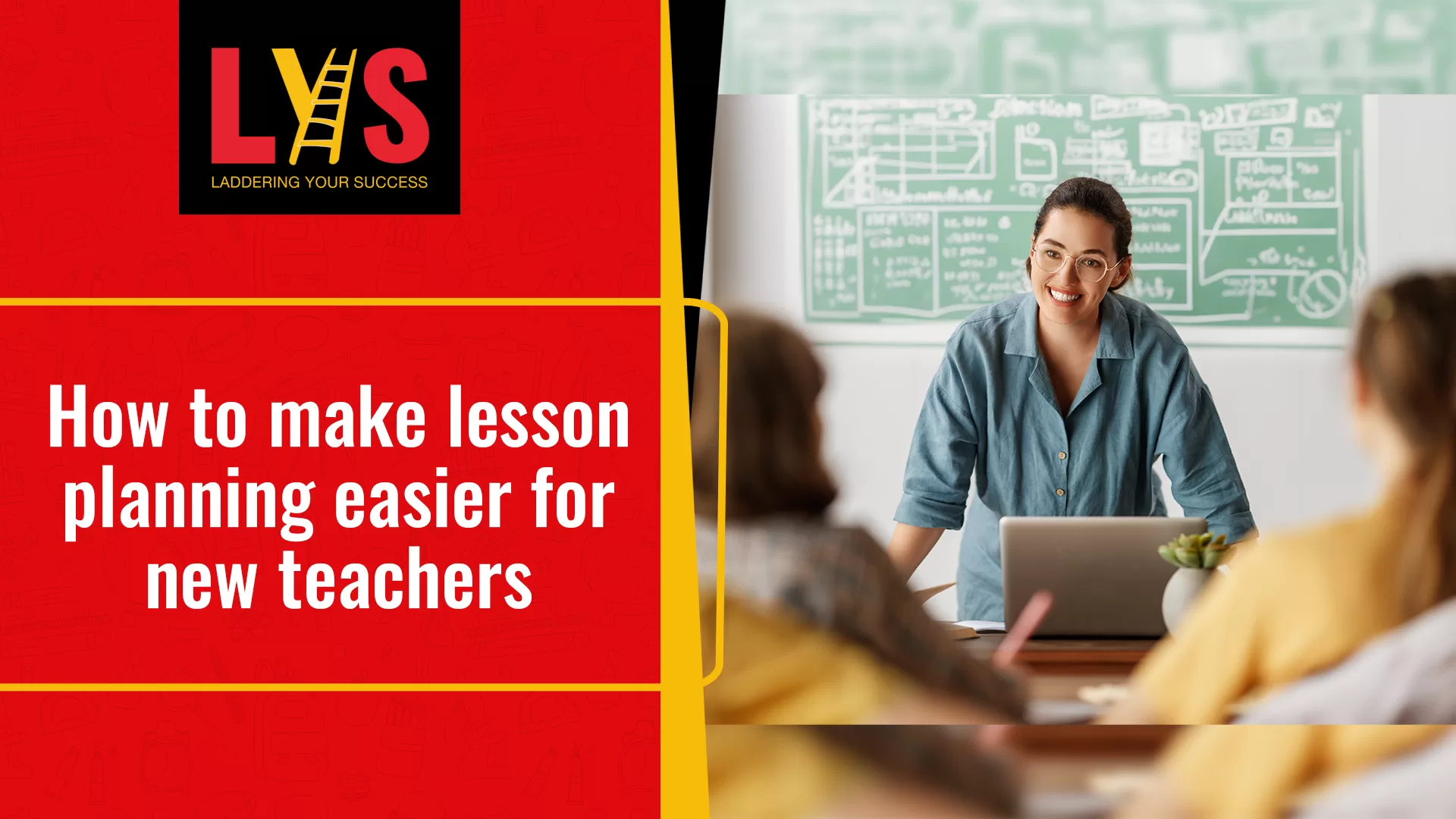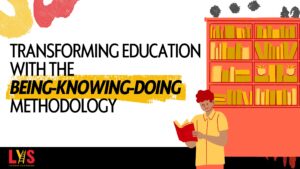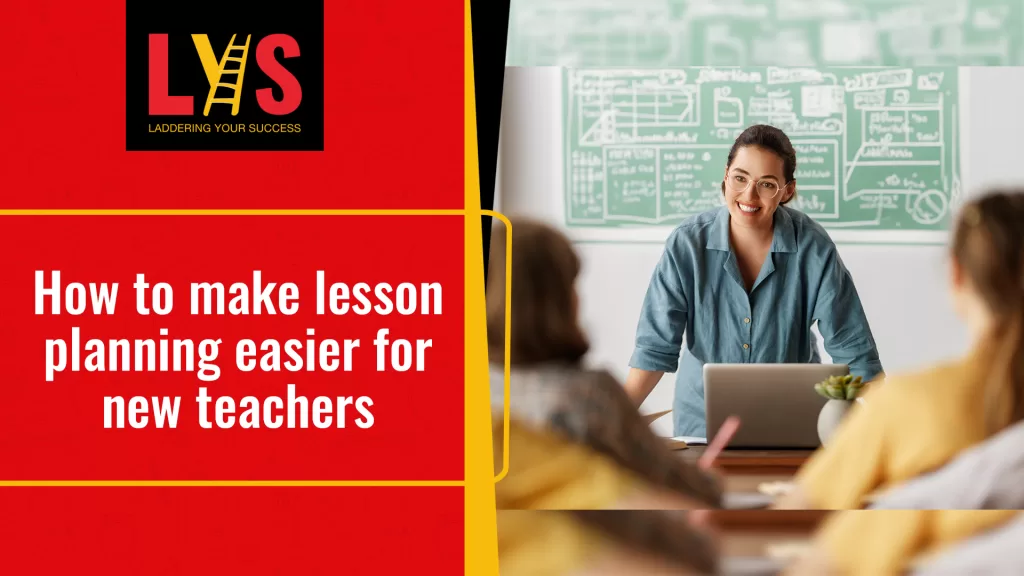Lesson planning is essential to teachers but can be time-consuming and overwhelming. Fortunately, some strategies and tools can help educators streamline the process and make lesson planning more manageable. In this blog post, we will explore practical tips to help teachers simplify the art of lesson planning and create more effective and engaging lessons for their students.
Start with Clear Learning Objectives
The first step in simplifying lesson planning is to establish clear learning objectives. What do you want your students to learn and accomplish by the end of the lesson? Defining specific, measurable, and achievable goals will guide your planning and ensure your lessons are focused and purposeful.
Use Templates and Lesson Planning Tools
Many online resources offer lesson plan templates and planning tools designed to save teachers time and effort. These templates provide a structured framework to help you organize your thoughts and materials more efficiently. Consider using digital tools and software like Google Docs, Microsoft Word, or specialized lesson planning apps to create and store your lesson plans.
Try the LYS App – we have various lesson plans to customize, ensuring that you lessen your planning time by 30-50%!
Collaborate with Colleagues
Collaboration with fellow educators can be a game-changer in lesson planning. Sharing ideas, resources, and best practices with colleagues can help you discover new teaching methods and save time. Collaborative planning sessions can also lead to more creative and engaging lesson plans.
Build a Bank of Resources
Create a digital or physical resource bank where you collect teaching materials, worksheets, videos, and other resources that you can use across different lessons and units. Over time, this resource bank will become a valuable asset, reducing the time spent searching for materials and ensuring you have a consistent supply of quality resources.
Embrace Technology
Leverage technology to your advantage. Educational websites, apps, and platforms offer pre-made lesson plans, interactive activities, and multimedia resources. Incorporating these digital tools can add depth and variety to your lessons while saving you time on preparation.
Prioritize Essential Content
Not every concept or topic requires an elaborate lesson plan. Identify the key concepts and skills your students need to master and focus your planning efforts on those. Refrain from overloading your lessons with unnecessary content, which can lead to information overload for you and your students.
Use a Backward Design Approach
Consider using the backward design approach, where you identify the desired outcomes and assessments before planning the lesson activities. This approach ensures that your lessons are aligned with your objectives and helps you create more effective and purpose-driven plans.
Reflect and Revise
After each lesson, reflect on what worked well and what could be improved. Use this feedback to refine your lesson plans for future use. Continuous reflection and revision are vital to improving your teaching and simplifying the planning process.
Conclusion
Lesson planning is a critical aspect of teaching, but it can be manageable. By implementing these tips and strategies, teachers can simplify the process and create more effective and engaging lessons for their students.
Remember that every teacher’s style and classroom needs are unique, so feel free to adapt these suggestions to suit your specific teaching situation. With practice and a commitment to improvement, you can make lesson planning a more manageable and rewarding aspect of your teaching career.









